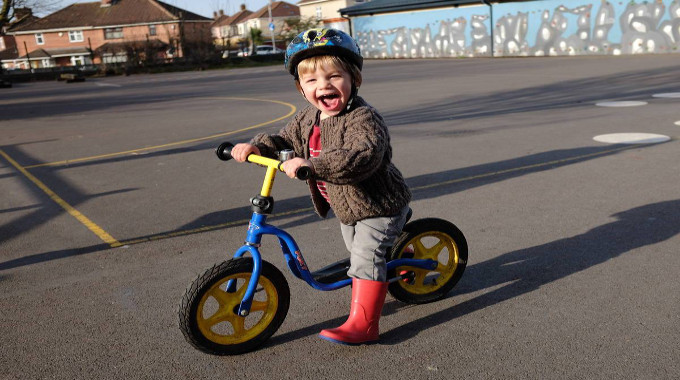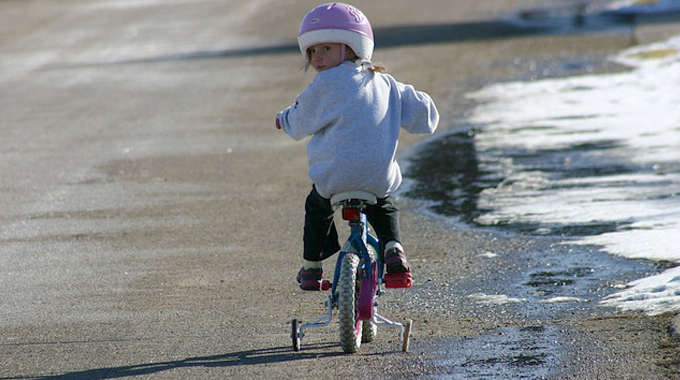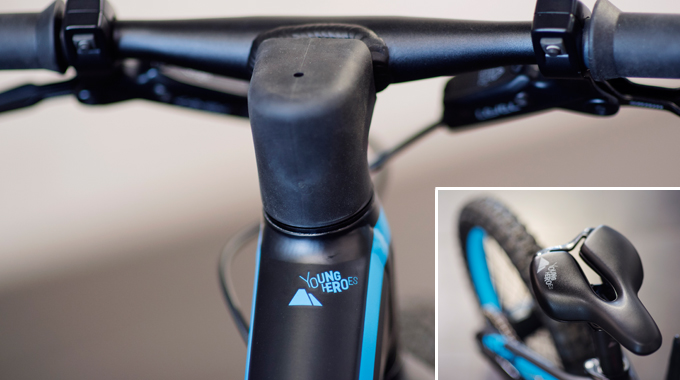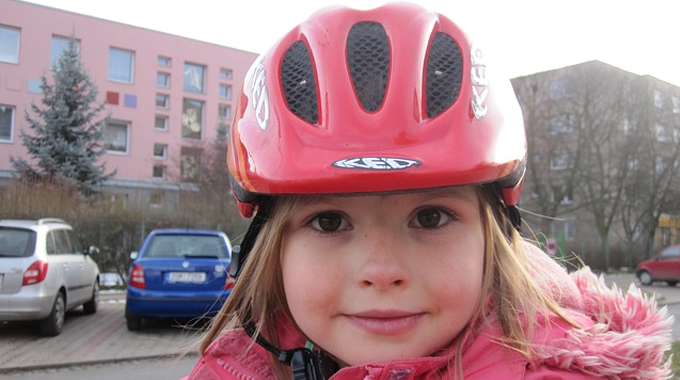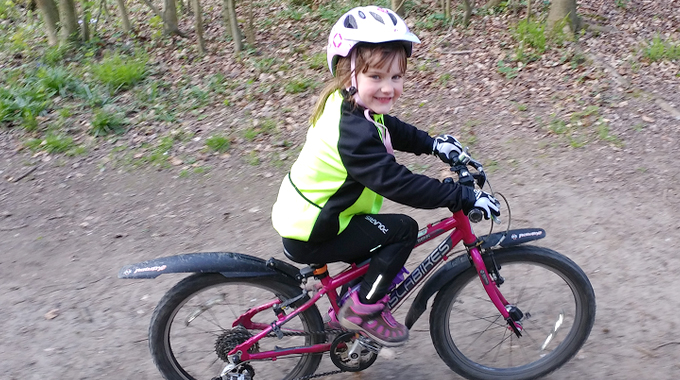Child bike components

Keep it simple, the less fuss on the bike, the less there is to go wrong and the lighter the bike will be. Generally there is no need for suspension, kids are light with springy arms and legs so it is surplus to requirement.
When it comes to gears, opt for an alloy chainset with one ring, kids find front gears quite hard to change. If your child is under five, do not bother with gears.
A couple of brands like Specialized, Frog Bikes and Canyon have reflected this need in their products. Canyon, for example, have a two-speed hub gearing system on their smaller children’s bike which automatically shifts under speed.
Young kids generally don’t have enough strength in their fingers to properly engage the brakes which can, in turn, hurt their confidence when they are trying to ride the bike if they have trouble stopping! Whilst many brands will factor this in and use soft-touch brakes, some lower end brands won’t afford that luxury, or safety.
It is also important to consider what material is used to make the bike. A steel bike will feel light to an adult but can be blooming heavy for a three or four-year-old to lug around. Aluminium is much lighter and ultimately will be easier to manoeuvre.


